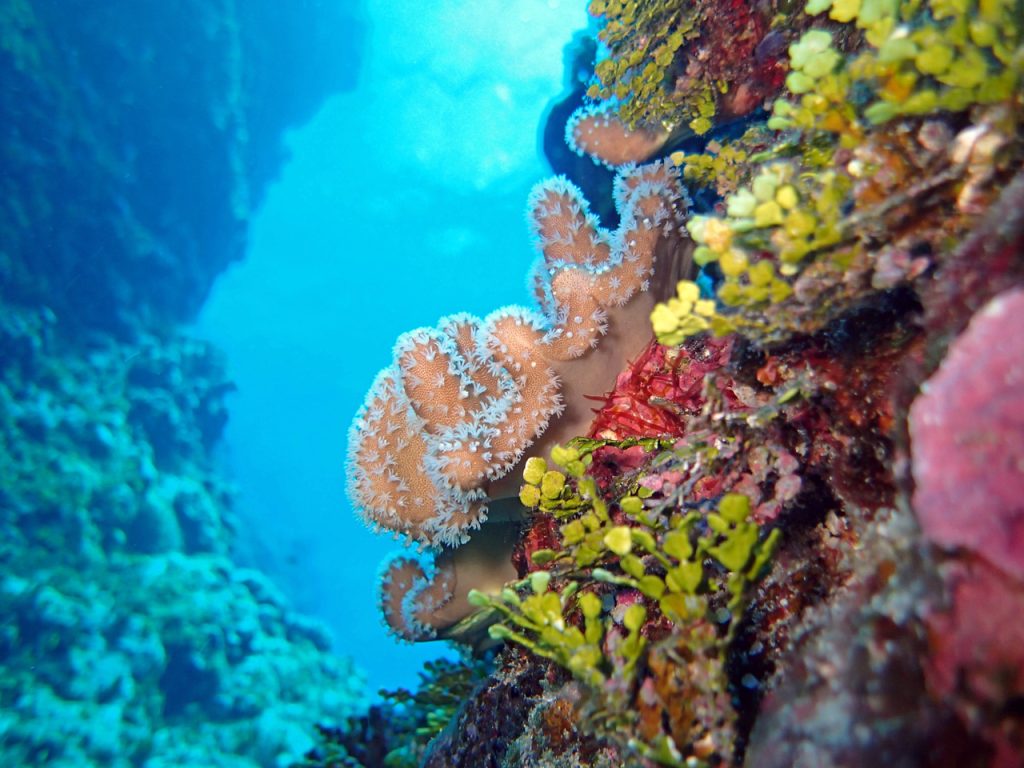
The sea has always looked endless, calm at times and wild at others, but inside it lives a system that feels more fragile than people imagine. Scientists have warned about the effects on coral bleaching for decades, and the signs are showing up faster now as ocean temperatures rise.
What Really Happens To Corals
Corals live with small algae tucked inside their tissues. These tiny partners give food and add color. When the water becomes too warm, the coral reacts, and the algae are pushed out. What stays behind is a pale skeleton, and without energy from its algae, the coral starts to fade.
How It Touches More Than Reefs
A reef does not suffer alone. Fish scatter when they lose hiding places, which means local fishers notice empty nets. Tourists see fewer colors and often choose other spots, leaving communities with smaller incomes. Meanwhile, the coast loses protection from strong waves, something many people forget until storms arrive.

Can Reefs Come Back After Bleaching
Sometimes they can. If the water cools quickly, corals may take the algae back and heal. Still, constant stress wears them down. Recovery is slow, and the more often bleaching happens, the weaker reefs become. Projects like coral nurseries or selective breeding give hope, but they are not magic fixes. They need patience and real investment.
Why This Problem Is Global
It is not just a few scattered reefs in trouble. A single degree higher than normal, kept for weeks, is enough to damage large regions. What used to be rare events are now repeating across oceans, meaning this issue reaches far beyond one country or one coastline.
Efforts That Offer Hope
- Marine zones that limit pollution and overfishing
- Local groups planting baby corals by hand
- Coastal planning that reduces run-off from construction
- International action to slow greenhouse gases
Each step matters, and even if results take time, they build a safety net for reefs and the lives connected to them.
Reefs are more than bright colors under water. They feed families, draw travelers, and keep coastlines safe. That is why looking closely at the effects on coral bleaching is not just about corals, it is about how humans and oceans survive together.
